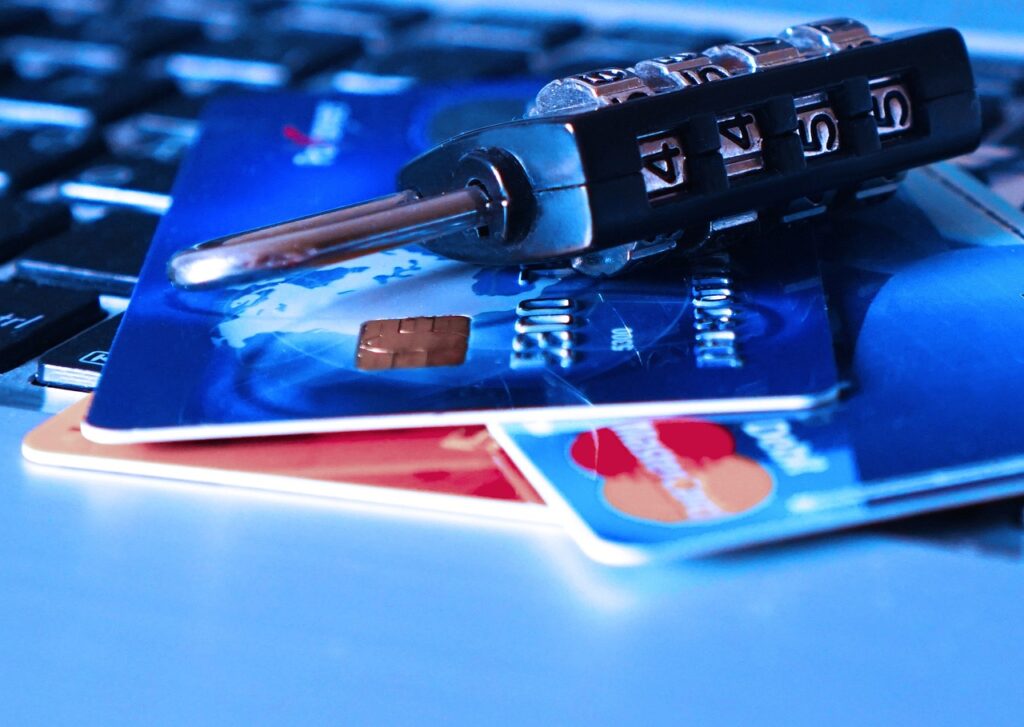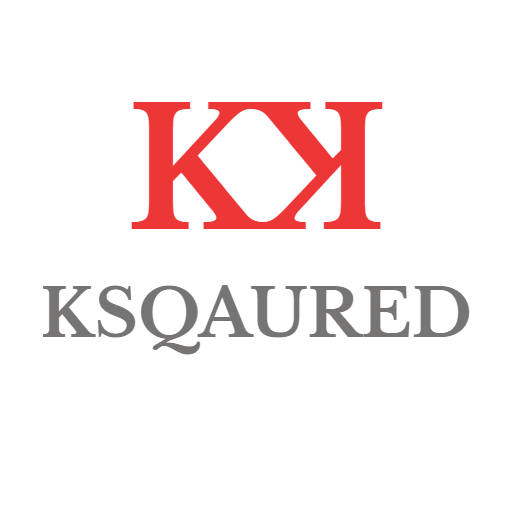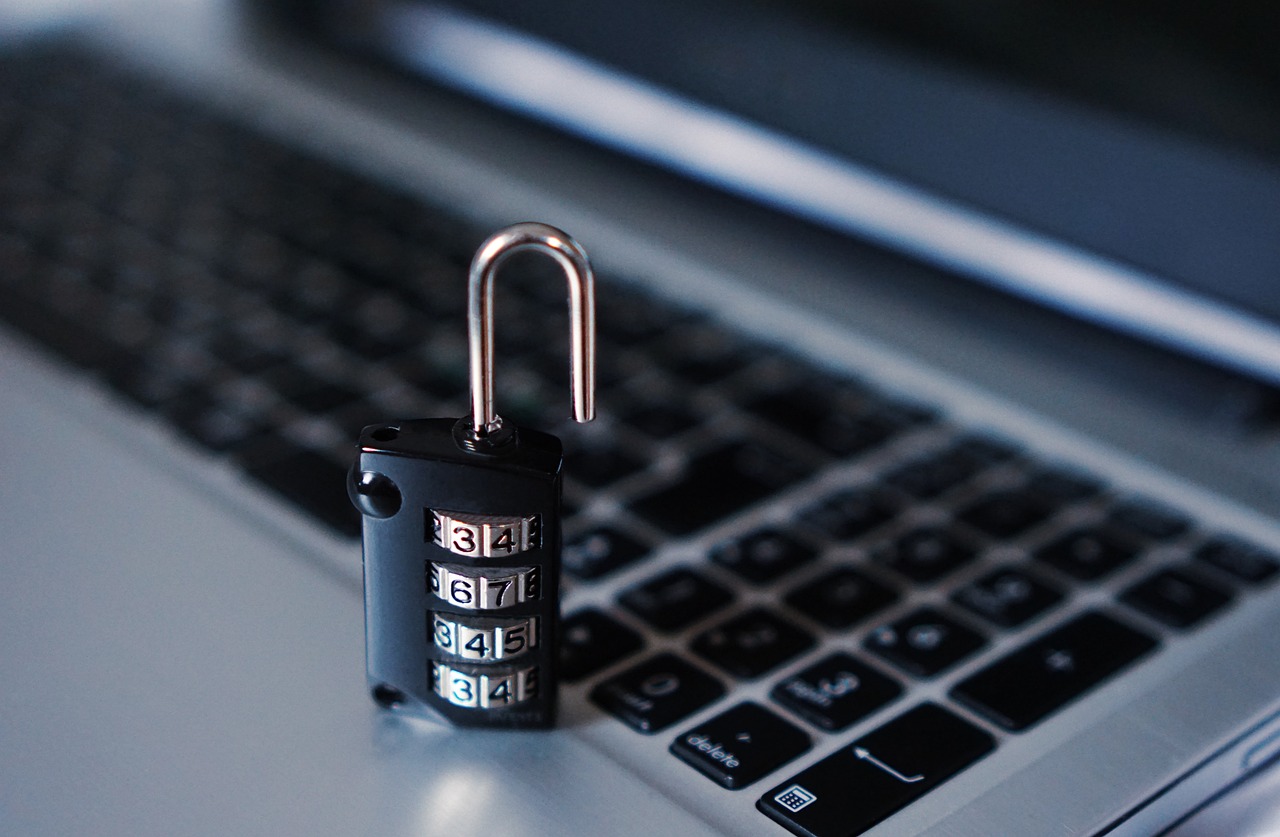Ethical conduct when using IT systems refers to behaviours and actions that align with moral principles, organisational policies, and legal requirements, promoting integrity, trust, and responsible use of technology.
Unethical conduct, on the other hand, involves actions that violate ethical standards, disregard organizational policies, and may harm individuals, organisations, or society as a whole. Let’s explore examples of ethical and unethical conduct in using IT systems:
Ethical Conduct: Adherence to Organisational IT Policies and Procedures: Ethical users of IT systems follow established policies and procedures set forth by their organisation regarding the acceptable use of technology resources, including guidelines for accessing, using, and safeguarding IT systems and data.
1. Maintaining Confidentiality: Ethical users respect the confidentiality of sensitive information and data entrusted to them, refraining from unauthorised disclosure or sharing of confidential data without proper authorisation.
2. Adherence to applicable laws: Ethical users comply with relevant laws, regulations, and industry standards governing the use of IT systems and data, including data protection laws, intellectual property rights, and cybersecurity regulations.
3. Promoting Information Security: Ethical users take proactive measures to promote information security, including implementing security best practices, using strong authentication methods, and reporting security vulnerabilities or incidents promptly.
4. Refraining from Conflicts of Interest: Ethical users avoid conflicts of interest that may compromise their objectivity, integrity, or professional responsibilities when using IT systems, ensuring that personal interests do not conflict with organisational goals or obligations.

Unethical Conduct: Sabotage: Unethical users may engage in deliberate acts of sabotage, such as intentionally disrupting IT systems, deleting critical data, or launching cyberattacks to cause harm or financial loss to individuals or organisations.
1. Disclosing or Misusing Confidential Information: Unethical users may disclose or misuse confidential information, such as trade secrets, proprietary data, or personal information, for personal gain, competitive advantage, or malicious purposes.
2. Maliciously Injuring Reputation or Prospects: Unethical users may engage in activities aimed at maliciously injuring the reputation or prospects of individuals or organisations, such as spreading false rumours, defamation, or conducting smear campaigns through digital channels.
3. Unauthorised Access or Data Theft: Unethical users may engage in unauthorised access to IT systems or data, bypassing security controls, exploiting vulnerabilities, or stealing sensitive information for illicit purposes, such as identity theft, fraud, or espionage.
4. Violating Intellectual Property Rights: Unethical users may engage in copyright infringement, software piracy, or unauthorised distribution of proprietary content, violating intellectual property rights and undermining the rights and interests of creators and rights holders.
In summary, ethical conduct when using IT systems involves adhering to organisational policies, maintaining confidentiality, complying with laws, promoting information security, and avoiding conflicts of interest.
Unethical conduct includes acts of sabotage, unauthorised access, data theft, confidentiality breaches, and actions that harm individuals or organisations through malicious intent or disregard for ethical standards.
Upholding ethical principles in the use of IT systems is essential for fostering trust, accountability, and responsible behaviour in the digital age.


Leave a Reply